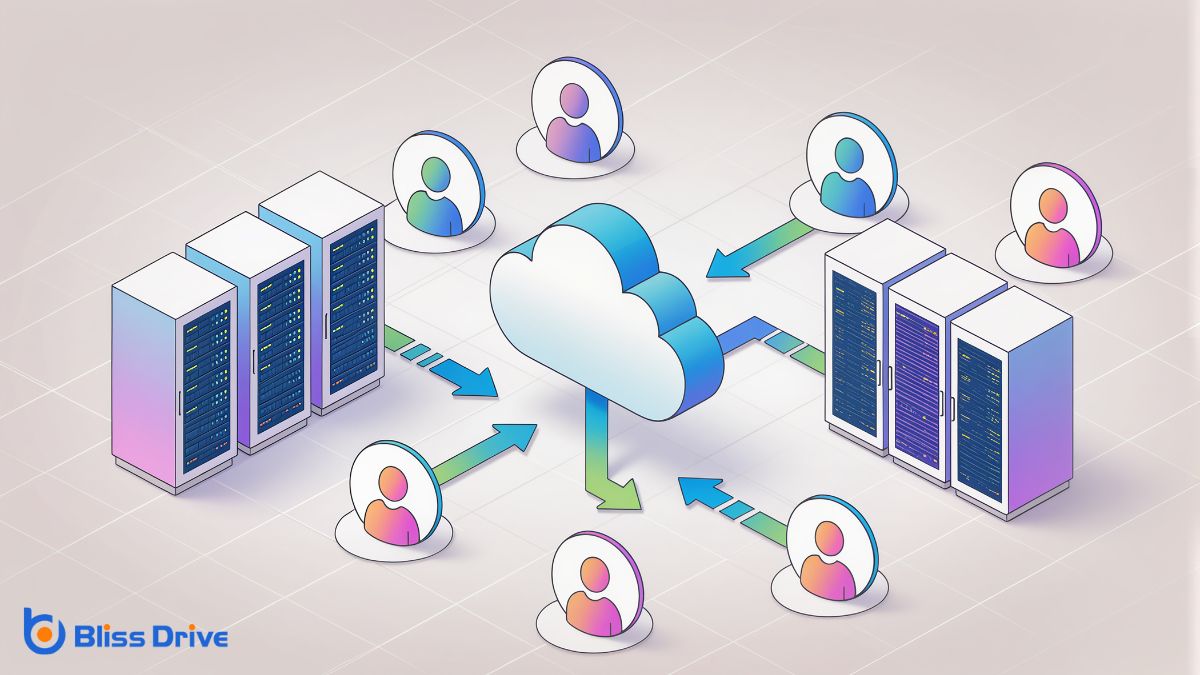Learn More About Us

Setting up EDI can seem intimidating, but with a structured approach, it becomes manageable. First, we need to grasp the basics of EDI and choose the right software that fits our needs. Then, we’ll configure the necessary standards and formats, ensuring secure communication channels are established. Integrating EDI with our internal systems is essential before we test and onboard our trading partners. Ready to streamline our data exchange process? Let's get started.

Electronic Data Interchange, or EDI, is essential for businesses looking to streamline their operations. It's about exchanging documents electronically, replacing paper-based processes, and enhancing efficiency.
Let's imagine how much faster our transactions could be without waiting for mail or manually entering data. EDI connects us directly with our partners, ensuring precision and speed.
We need to understand the core components: EDI standards, such as ANSI X12 or EDIFACT, define the format of our messages.
Then, there's the communication protocol, which affects how we send and receive data. Finally, translation software converts our internal data into the EDI format.
Grasping these basics helps us reduce errors, lower costs, and improve transaction times, equipping us to compete better in today's fast-paced world.
When choosing EDI software, we must consider several essential factors to guarantee it aligns with our business needs. First, we should assess the software’s compatibility with our existing systems to confirm seamless integration.
Next, evaluating the software’s scalability is vital as our business grows and EDI demands increase. Let’s not overlook the importance of user-friendliness; intuitive interfaces can save time and reduce errors.
We should also prioritize robust security features to protect sensitive information. Additionally, we need to examine the level of customer supportServices provided to assist customers before, during, and after a purchase to ensure a positive expe... provided, making sure we've help when issues arise.
Finally, considering the cost and value offered by the software can guide us to a solution that fits our budget without compromising on quality.
Maneuvering the world of EDI requires a clear understanding of its standards and formats to guarantee effective communication between partners.
First, let’s identify the standards—common ones include ANSI X12, EDIFACT, and TRADACOMS. Each serves different industries and regions, so selecting the right one is essential. We must make sure our chosen EDI software supports these standards to avoid compatibility issues.
Once we’ve selected a standard, we’ll configure document formats. Formats define how data is structured within each EDI message, and they need precise mapping to reflect our business requirements.
Consistency is key; even minor discrepancies can leadA potential customer referred by an affiliate who has shown interest in the product or service but h... to errors or miscommunication. By aligning our formats with our partners', we create a seamless flow of information, reducing errors and enhancing our EDI efficiency.
How do we guarantee that our EDI transactions are secure? We start by establishing secure communication channels that protect data integrity and confidentiality.
First, we should implement encryption protocols like Secure Sockets Layer (SSL) or Transport Layer Security (TLS) to encrypt data during transmission. This ensures that any intercepted information remains unreadable.
Next, we need to use authentication measures such as digital signatures or certificates to verify the identity of the sender. This prevents unauthorized access and guarantees the data comes from a trusted source.
Additionally, employing secure file transfer methods like AS2 or SFTP helps maintain data securityMeasures taken to protect data from unauthorized access and data breaches. over the internet.
It's essential to regularly audit and update our security practices to counter emerging threats and vulnerabilities.
To seamlessly integrate EDI with our internal systems, we must first confirm that our existing infrastructure can support the necessary technology.
Let’s verify that our software and hardware are compatible with EDI standards. If not, consider upgrades or middleware solutions that bridge these gaps.
Next, we need to map our data formats to EDI formats. This step guarantees our information flows correctly between systems without errors.
We should also automate data entry to reduce manual work and minimize mistakes.
Collaboration between IT and business teams is essential to address and tailor our integration needs.
By doing so, we’ll enhance efficiency and data accuracy, verifying our EDI setup aligns with both technical requirements and business objectives.
Let’s make this integration work seamlessly!

Let's focus on the essential steps of testing and onboarding our trading partners.
First, we'll guarantee the communication protocols are correctly set up, allowing seamless data exchange.
Then, we need to verify data formats and establish a practical integration timeline that suits all parties involved.
When setting up communication protocols for EDI, it's vital that we focus on testing and onboarding trading partners effectively.
We need to establish secure and reliable connections using protocols like AS2, SFTP, or FTP. Each partner may have different requirements, so we should verify which protocol suits their needs best.
After choosing the protocol, we can proceed with testing the connection to guarantee data flows smoothly and securely. It's essential to address any issues promptly as they arise during this phase.
Once we're confident the connection works seamlessly, we can move on to onboarding. This involves setting up user accounts and access permissions, making sure our partners can send and receive EDI documents without complications.
Let's prioritize clear communication throughout this process.
Assuring the correct data format is essential as we test and onboard trading partners for EDI. We need to confirm that data is exchanged in a format both parties agree on, such as EDIFACT or ANSI X12.
Let’s validate each piece of data against these standards to prevent errors and miscommunications. This step involves running test transactions that mimic real-world scenarios, allowing us to catch any discrepancies early. By doing so, we assure smooth data flow and reduce potential disruptions.
We should also engage in open communication with our partners throughout this process. Sharing feedback helps us resolve issues quickly and aligns expectations.
Establishing a clear partner integration timeline is vital for successfully testing and onboarding trading partners for EDI. We need to outline each phase, starting with initial communication, where we discuss goals and expectations.
Next, we move to system setup, guaranteeing both parties' systems are compatible and ready for testing.
Testing is essential. We must conduct multiple test transactions to verify data accuracy and system reliability. This phase often takes longer than expected, so let's plan extra time for any necessary adjustments.
Once testing is complete, it's time for the final review and go-live preparation. We should confirm all systems are synchronized and ready for daily operations.
With a well-structured timeline, we can make the shift smooth and efficient for everyone involved.
In setting up EDI, we've covered the essentials to guarantee a smooth implementation. By choosing the right software, configuring standards, and establishing secure channels, we're ready to integrate EDI with our systems. Collaborating with trading partners is vital, and through rigorous testing, we can confirm data accuracy and reliability. Let's embrace this efficient exchange method to enhance our business operations and foster stronger relationships with our partners. We're ready to streamline our processes and improve communication!
